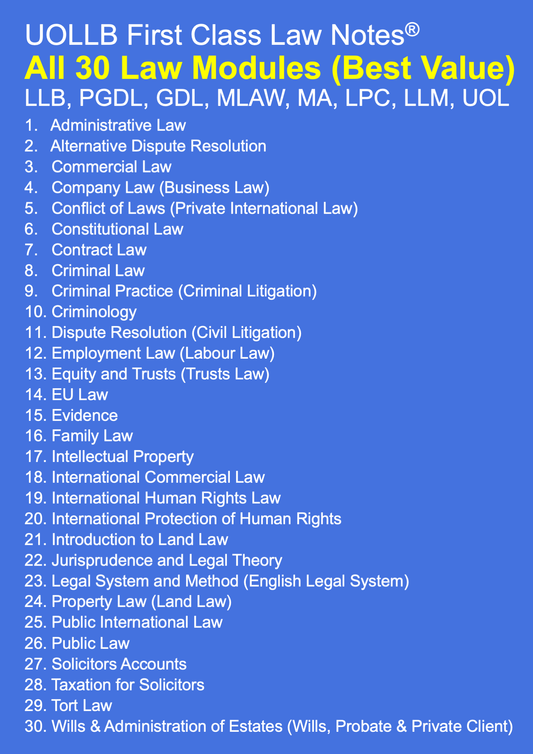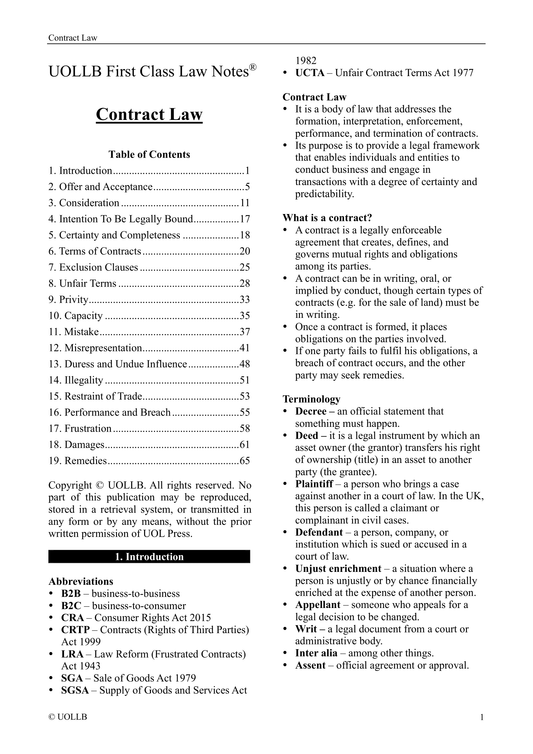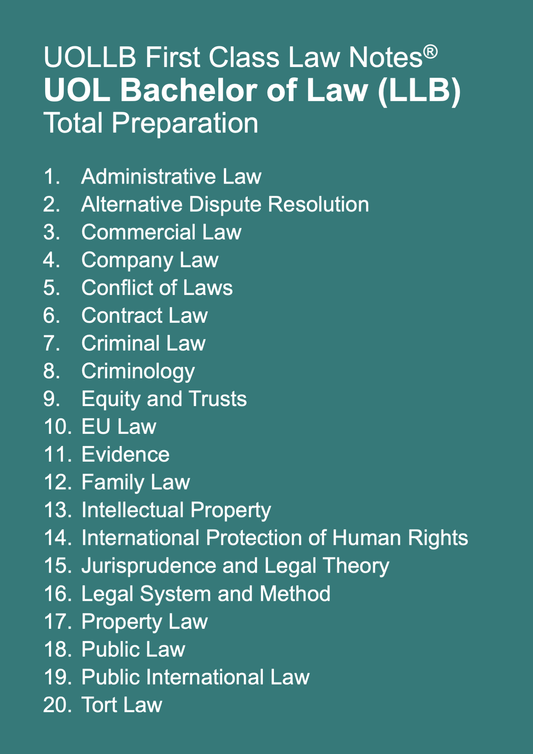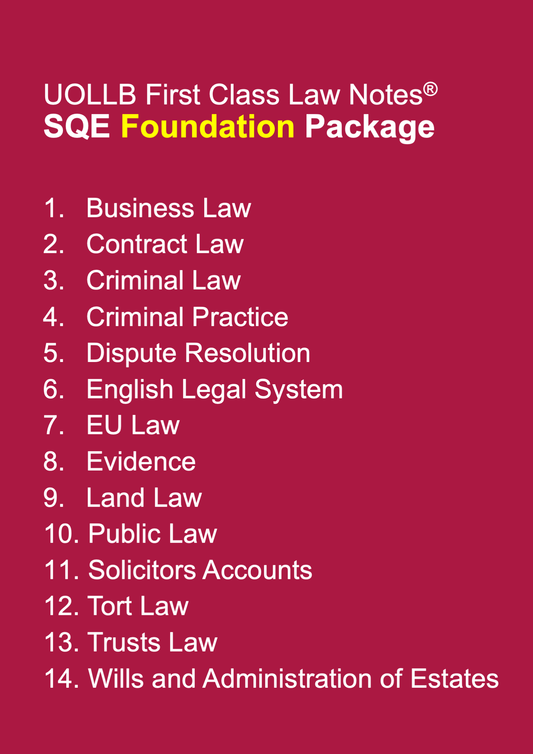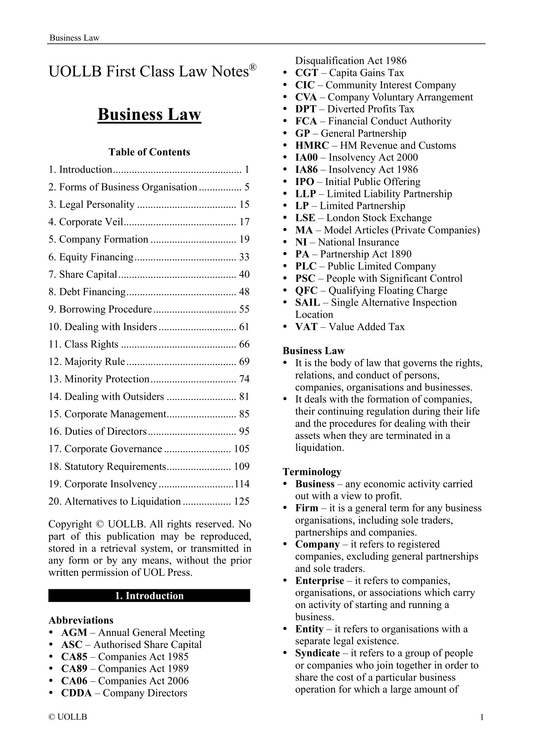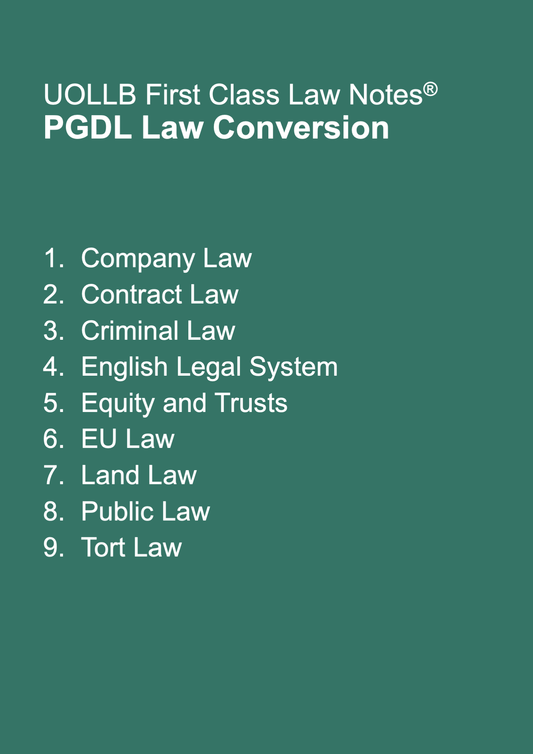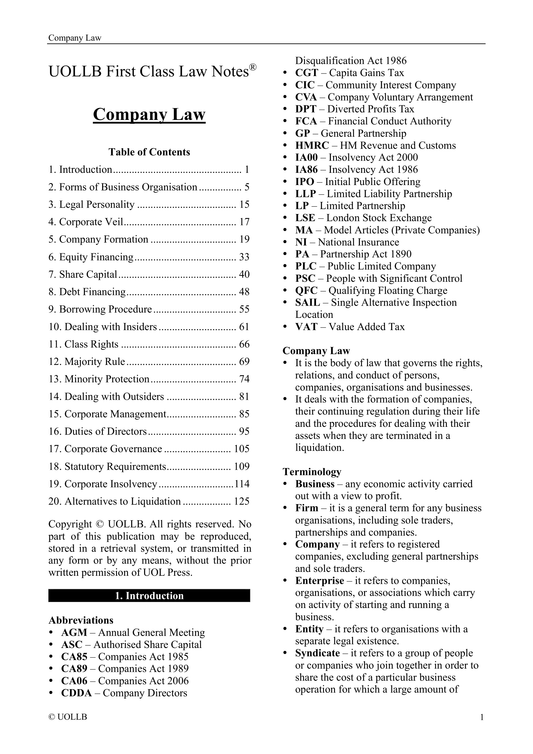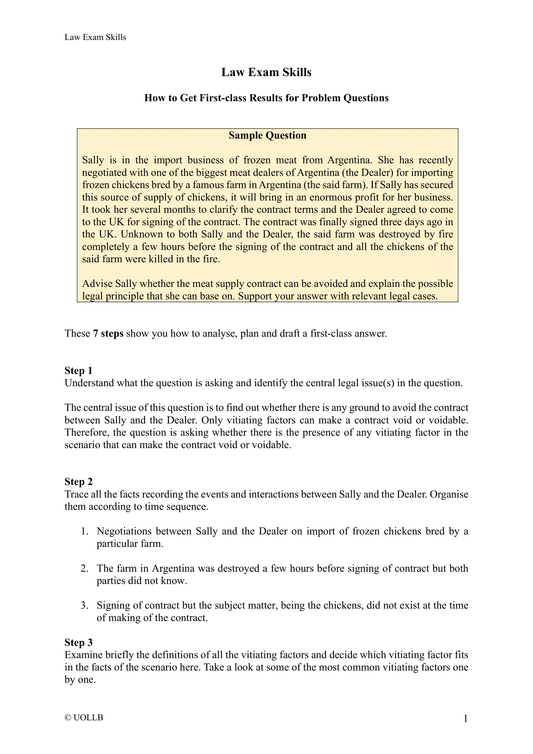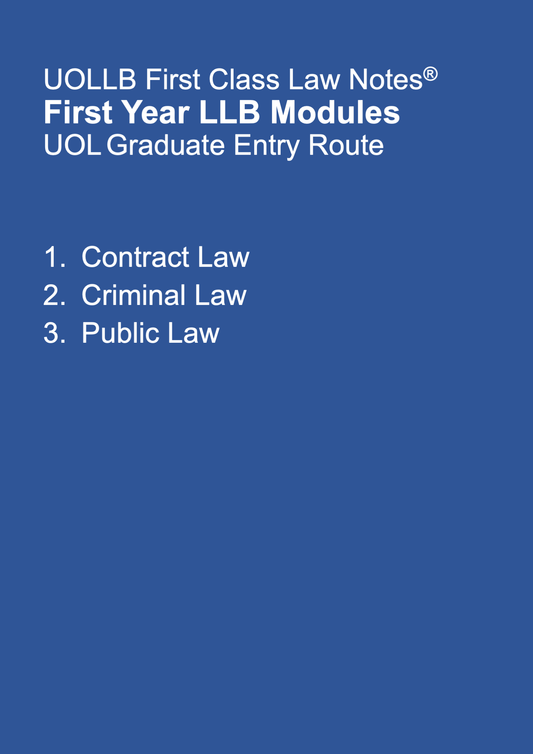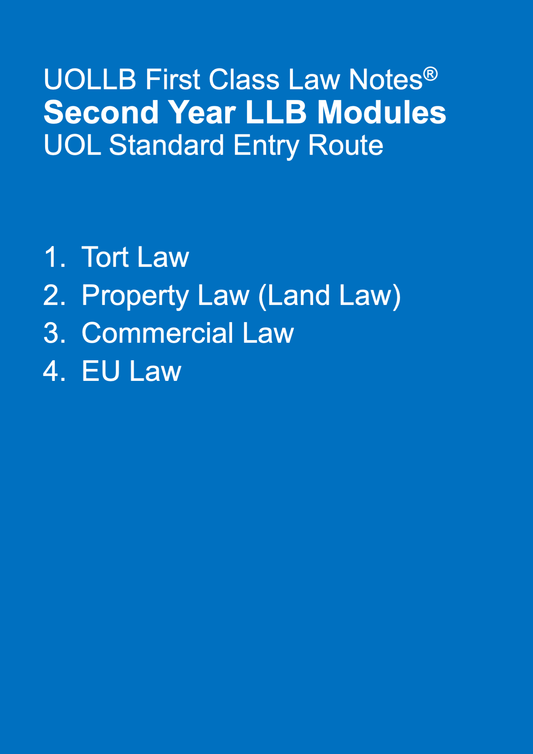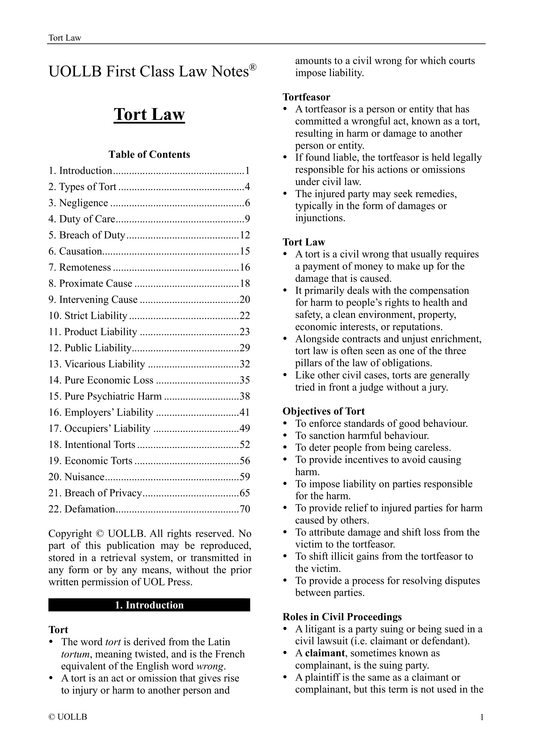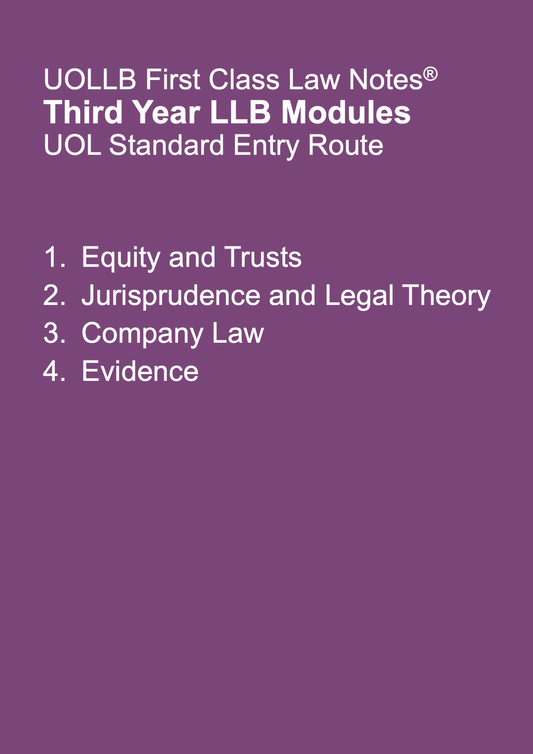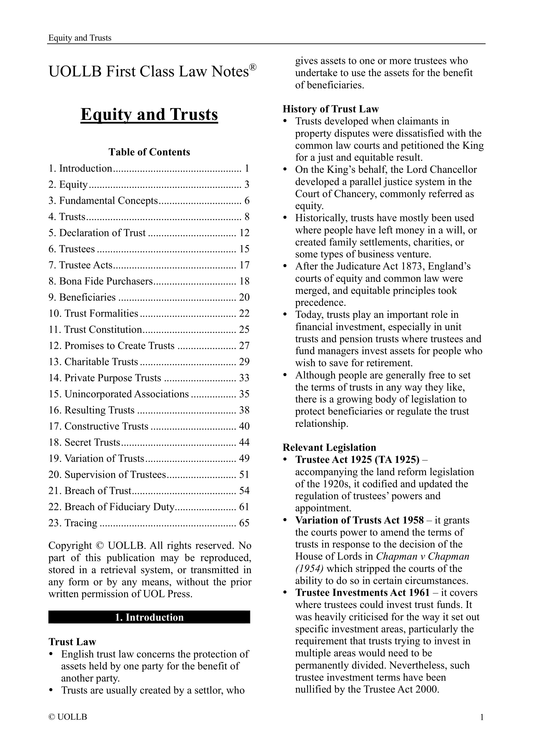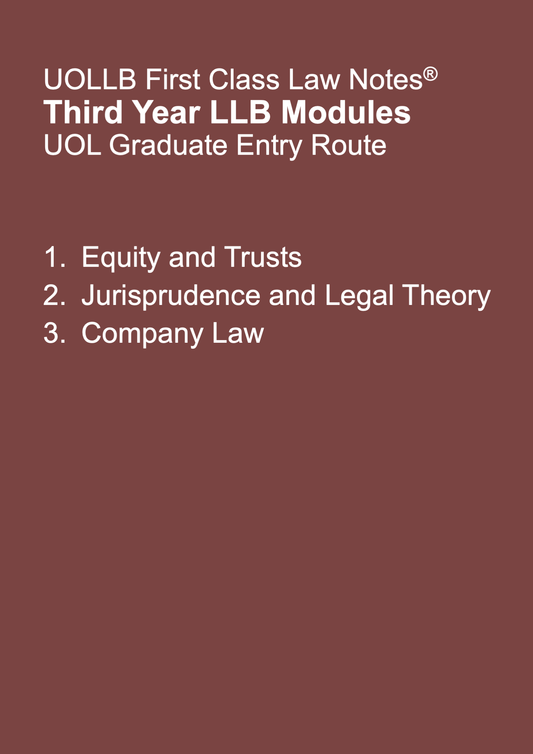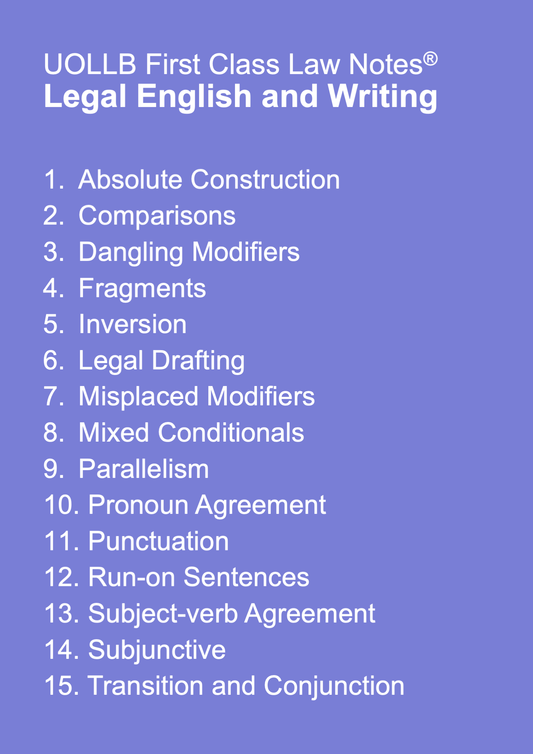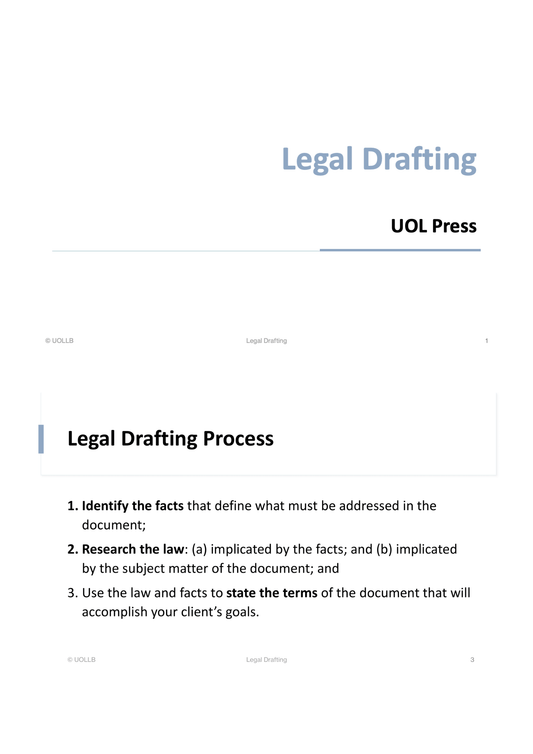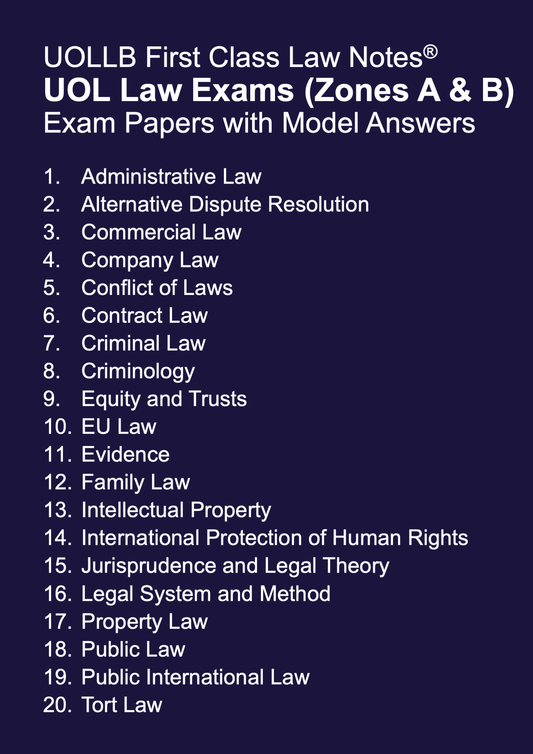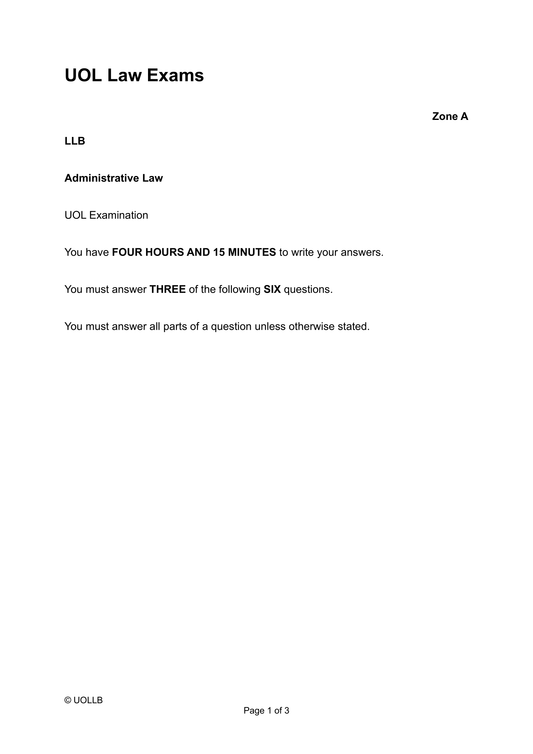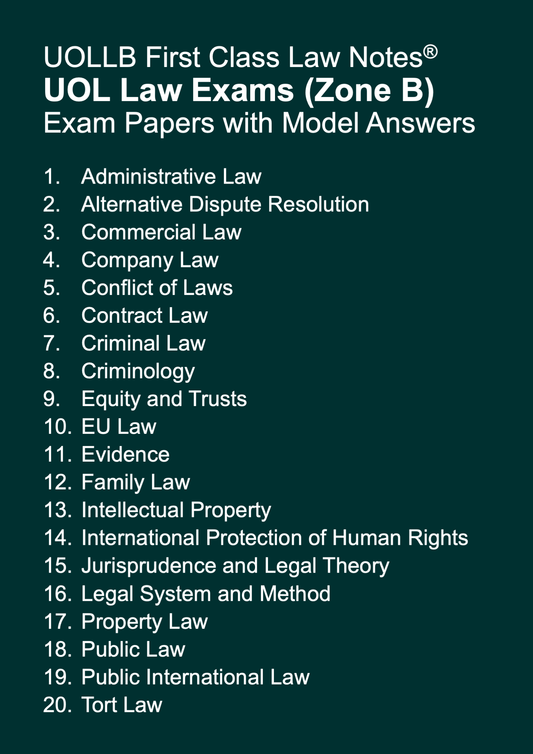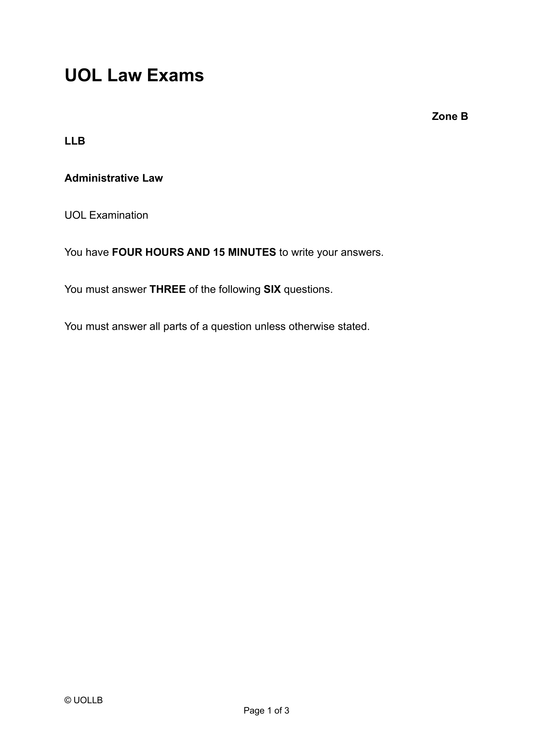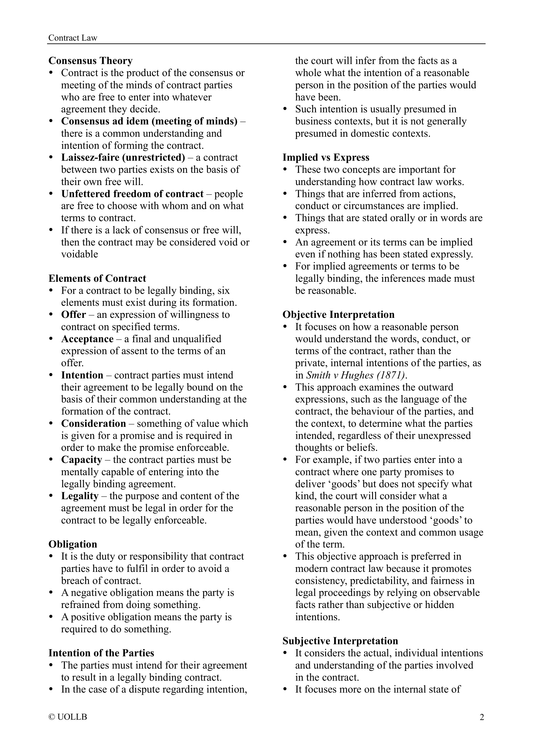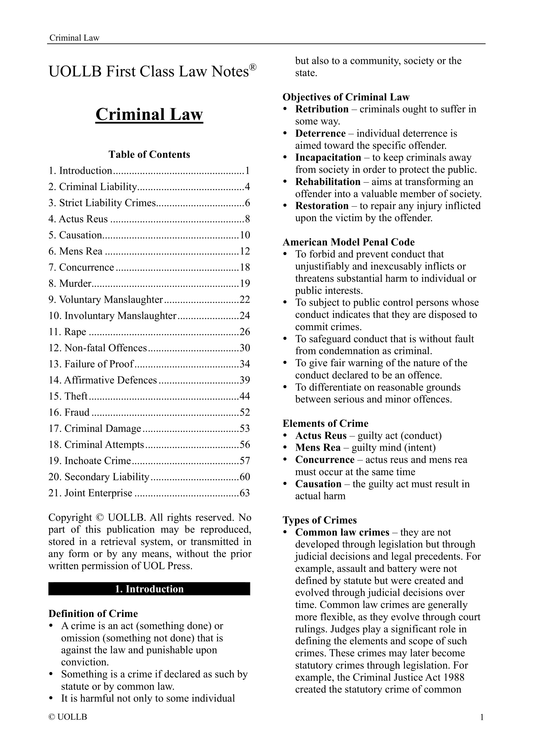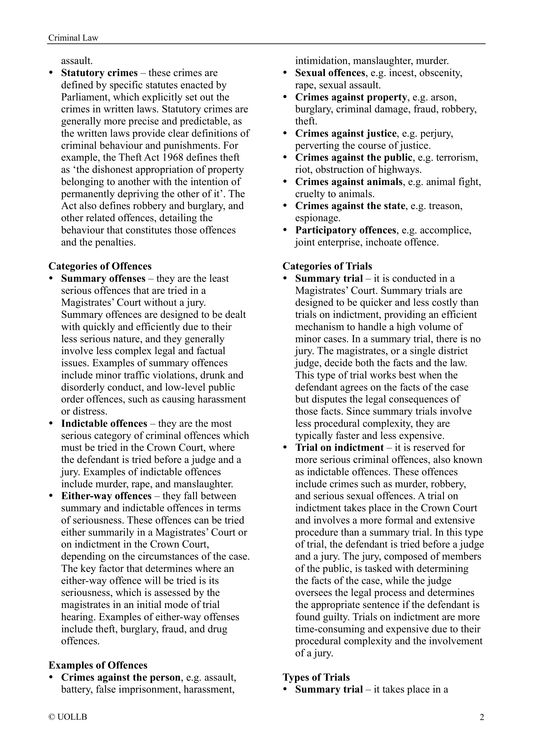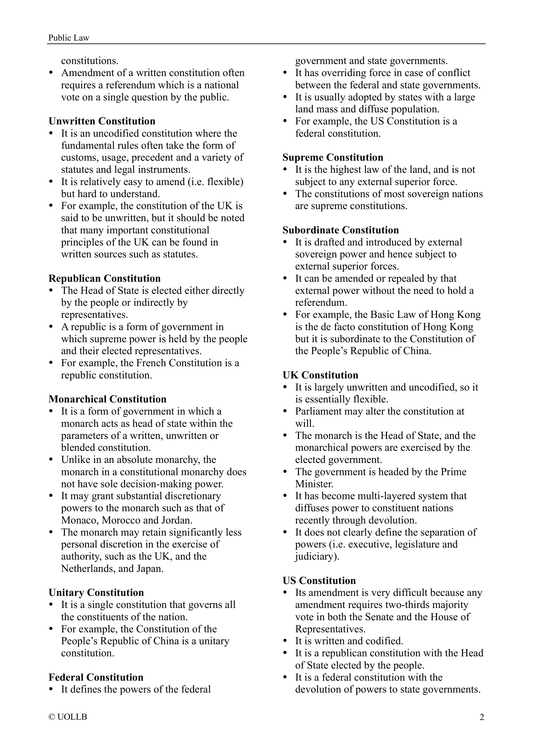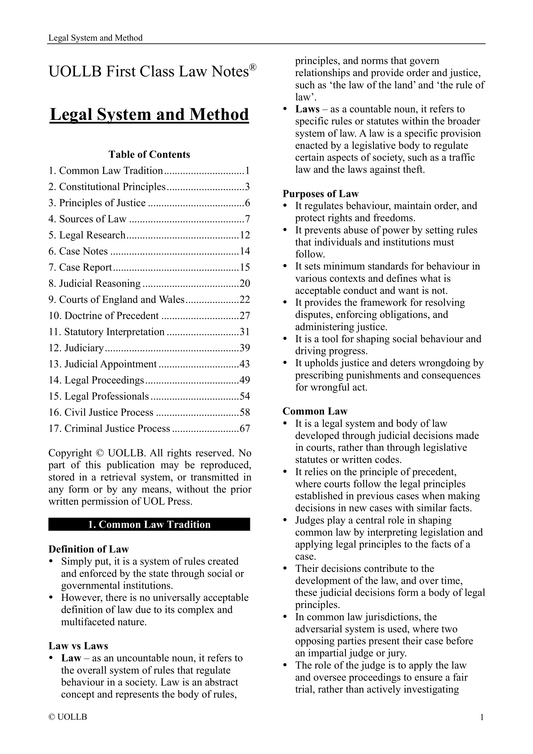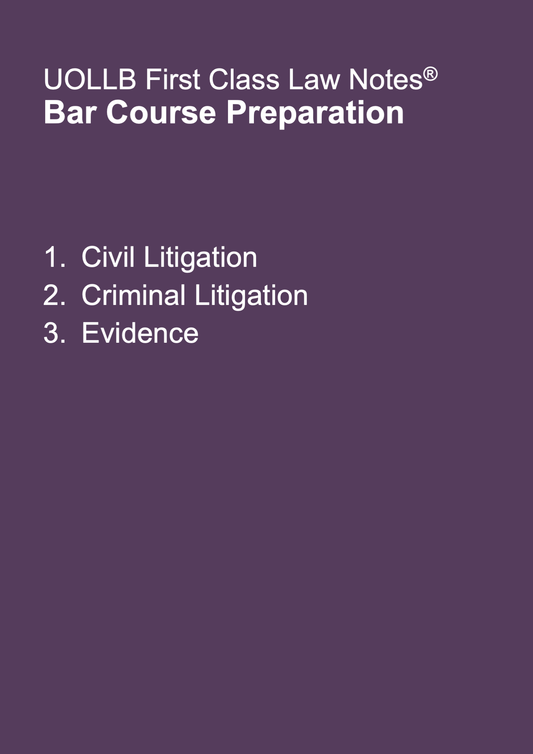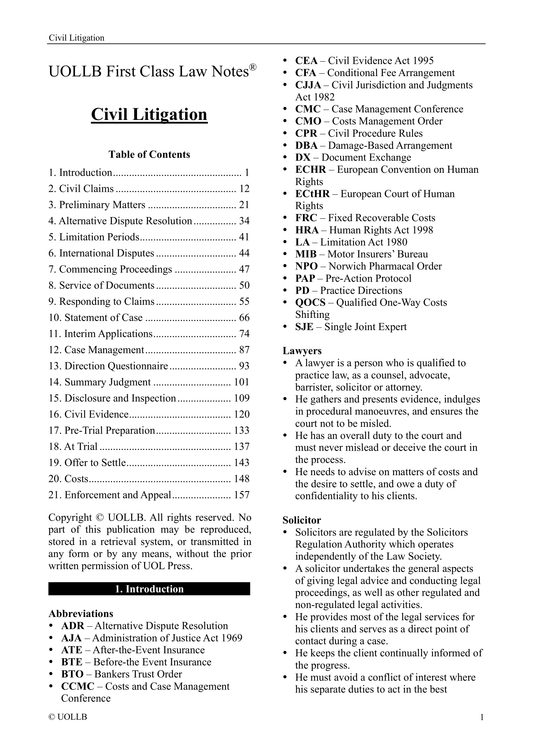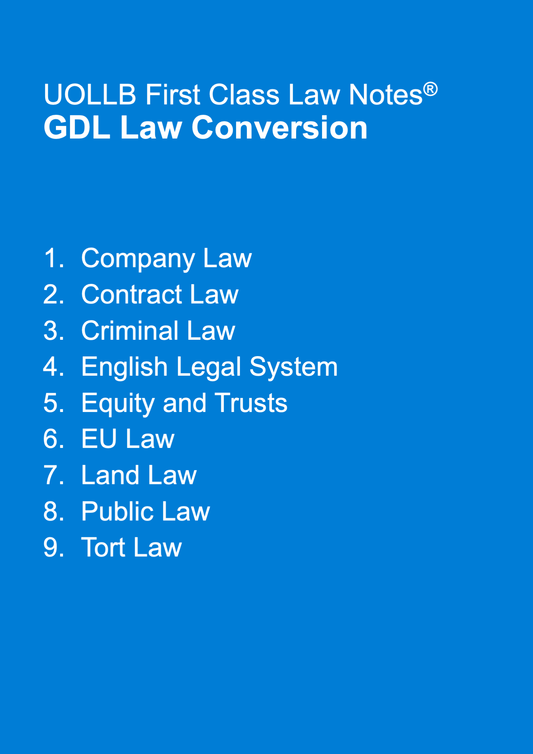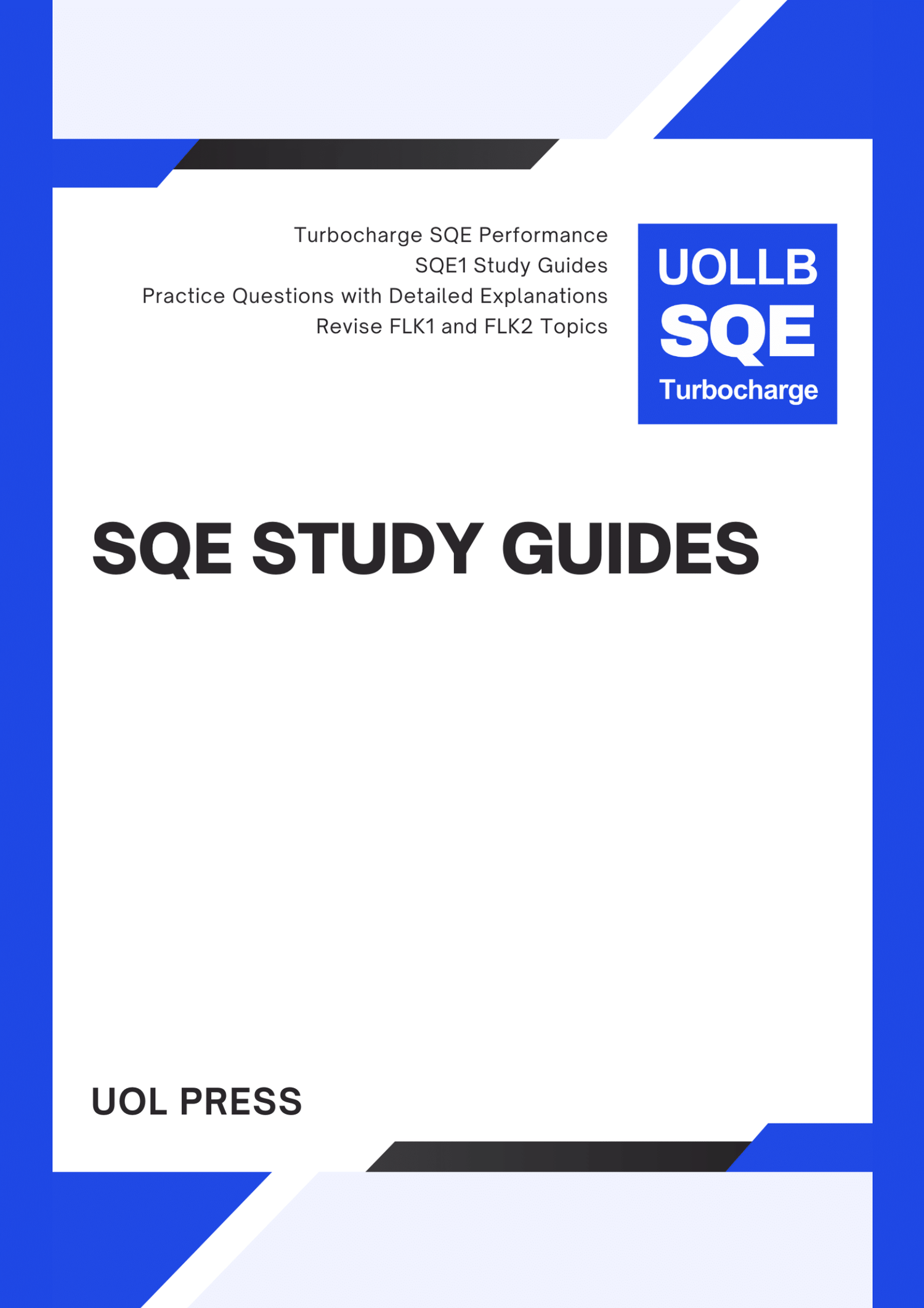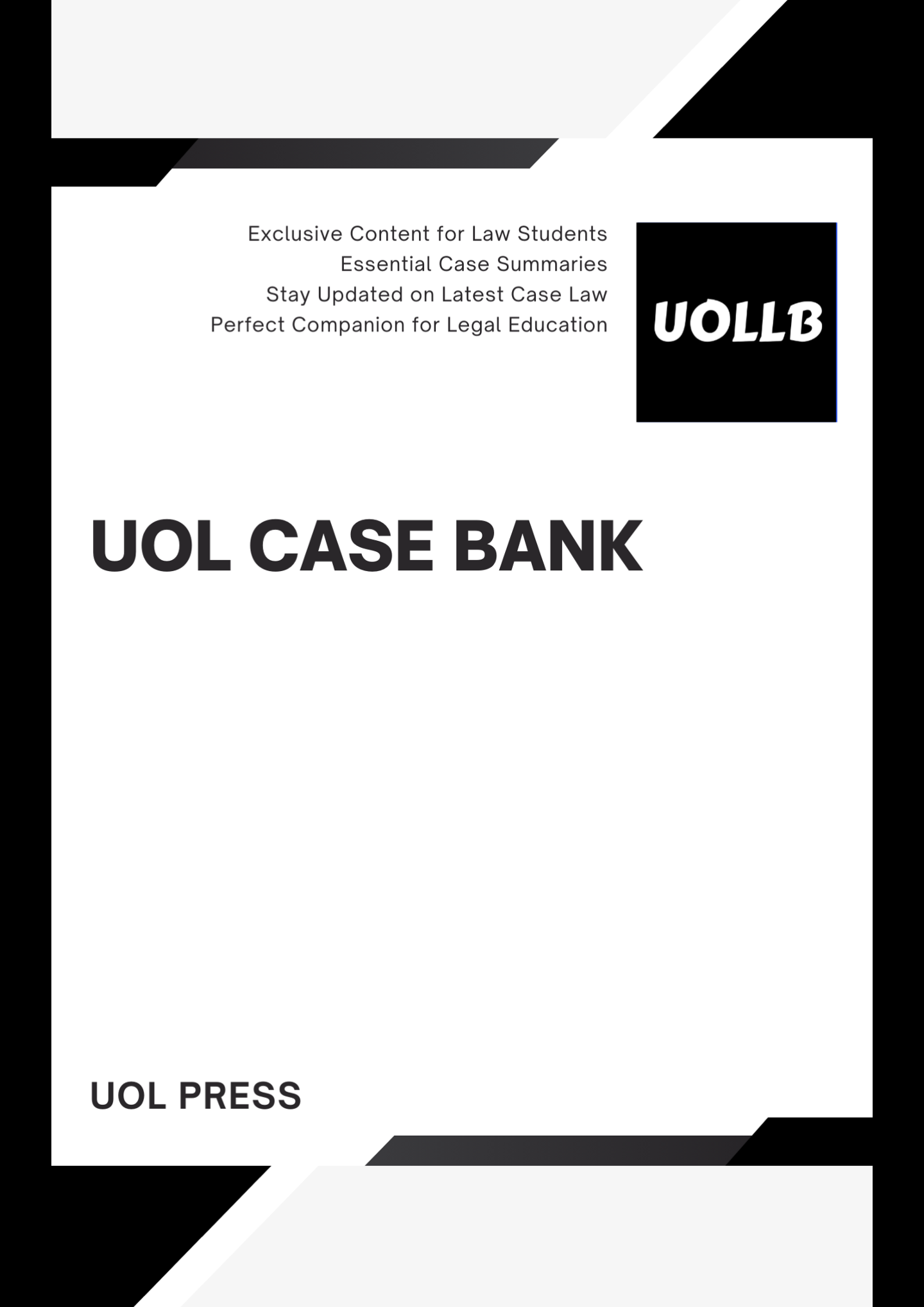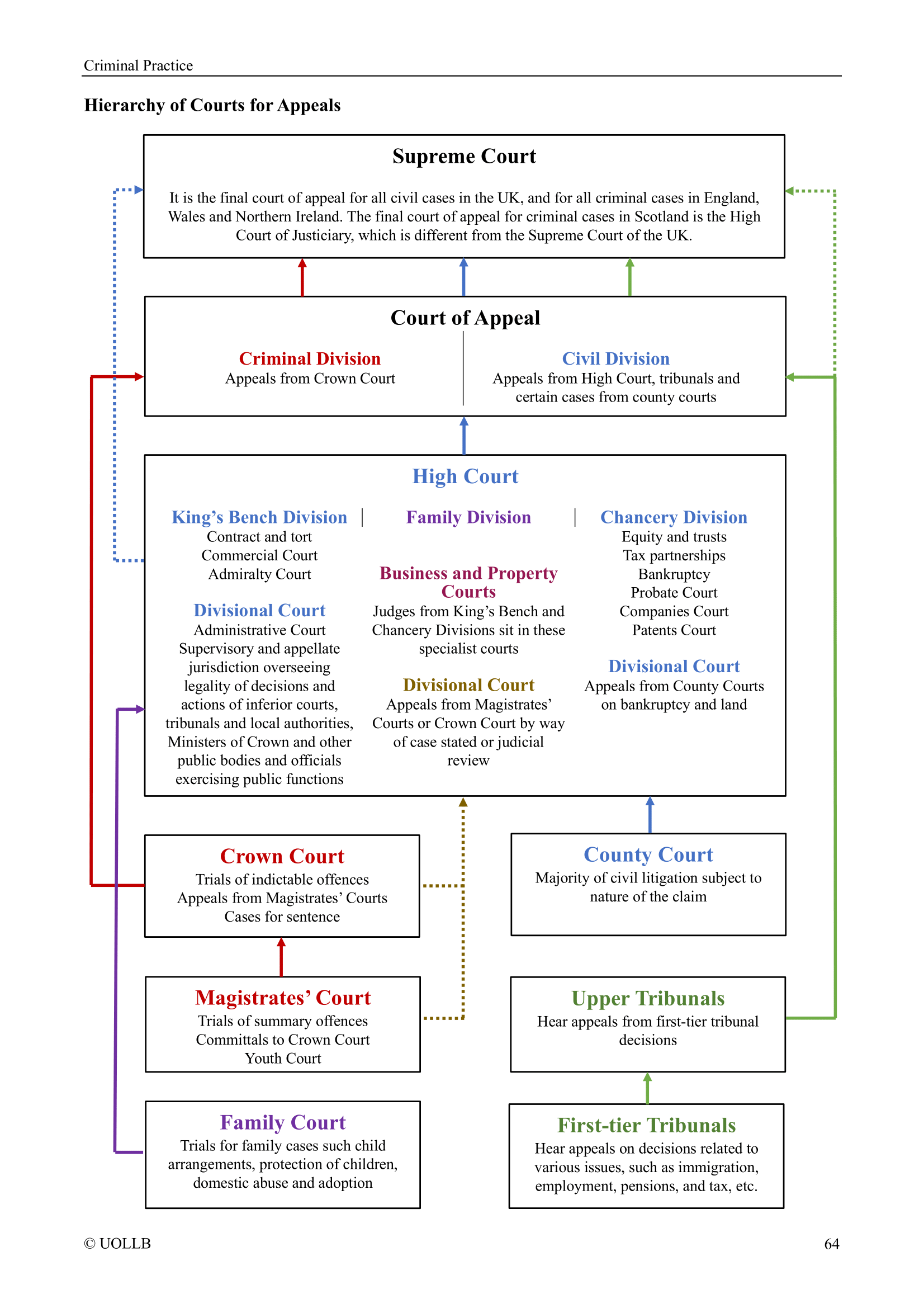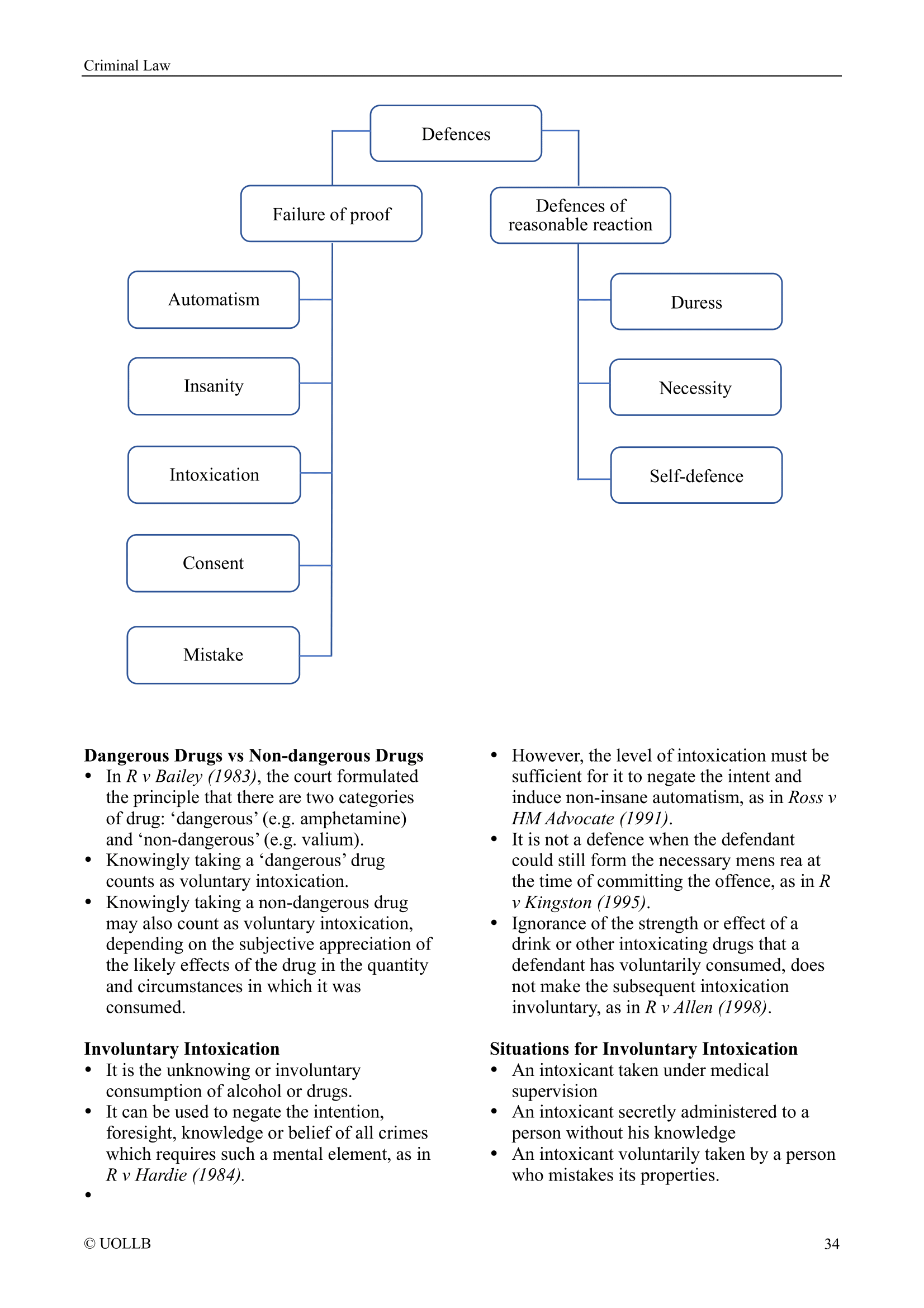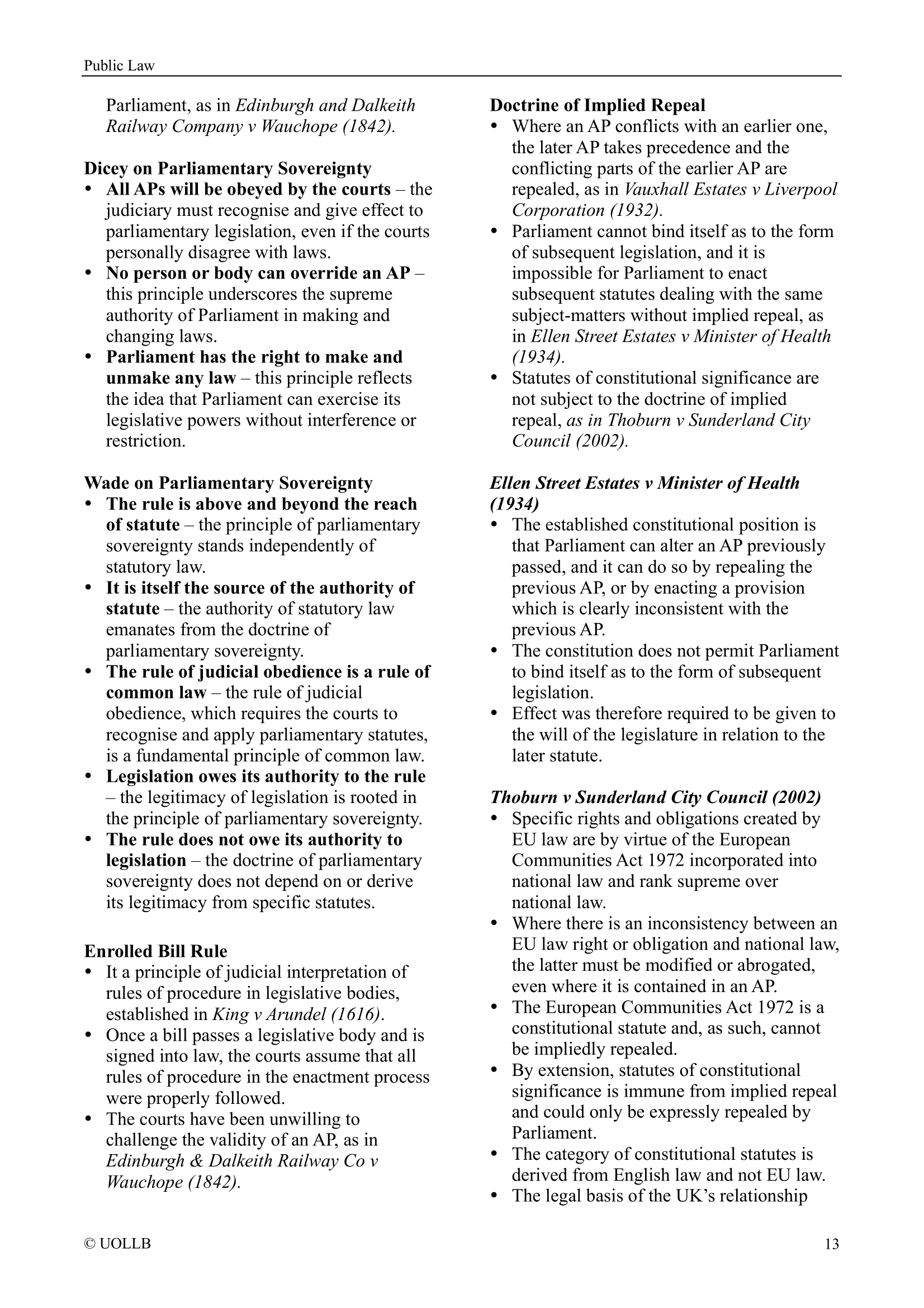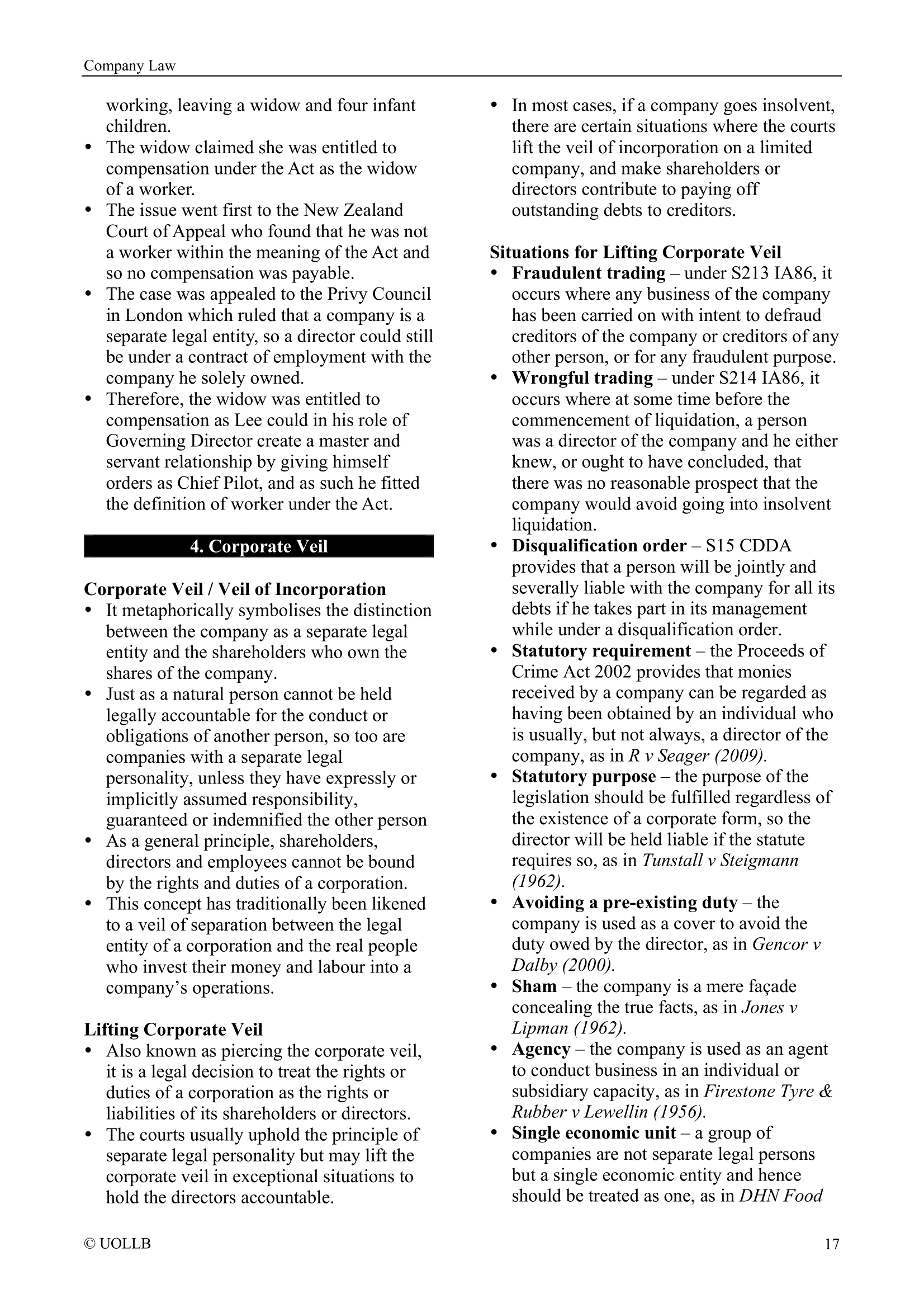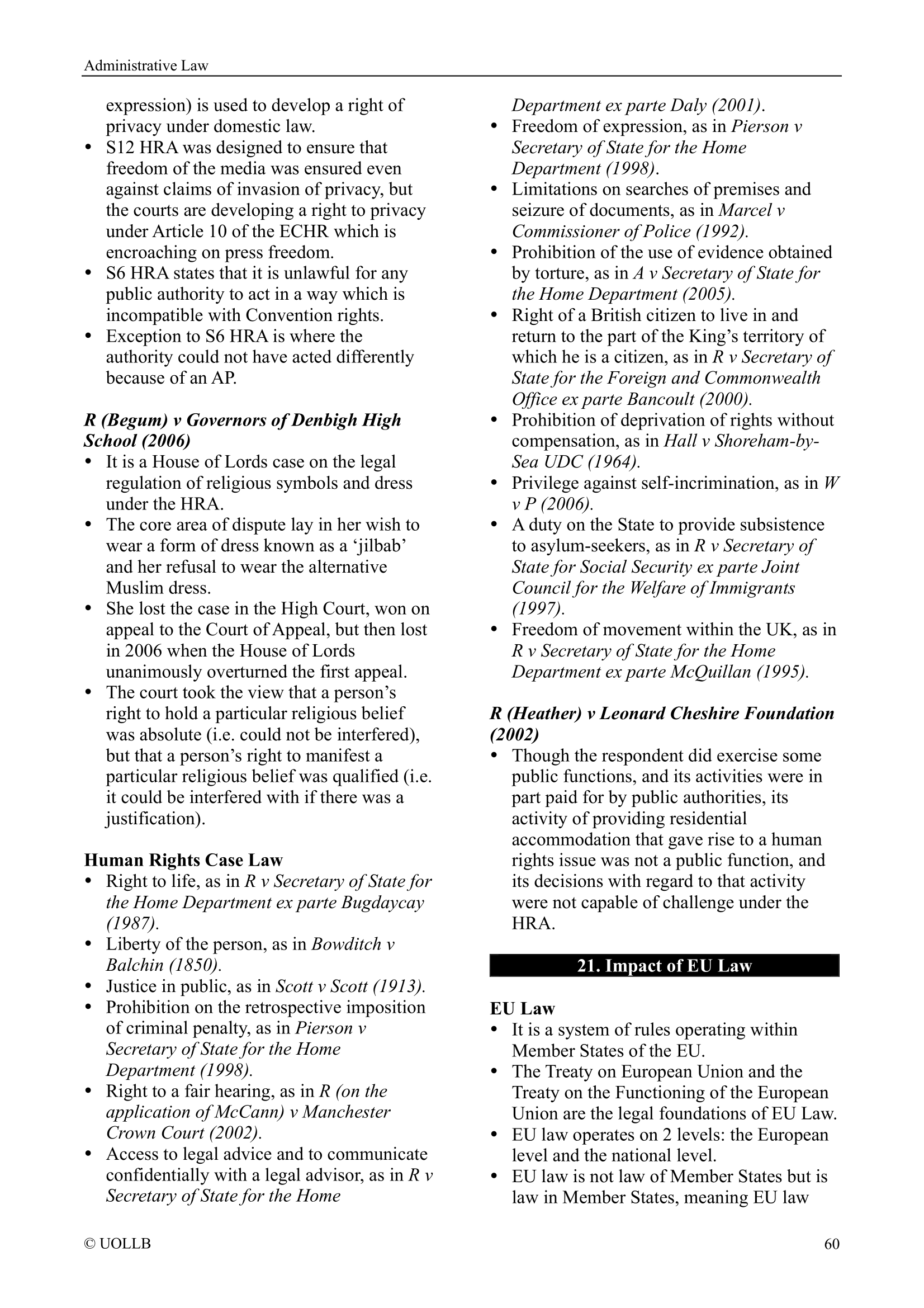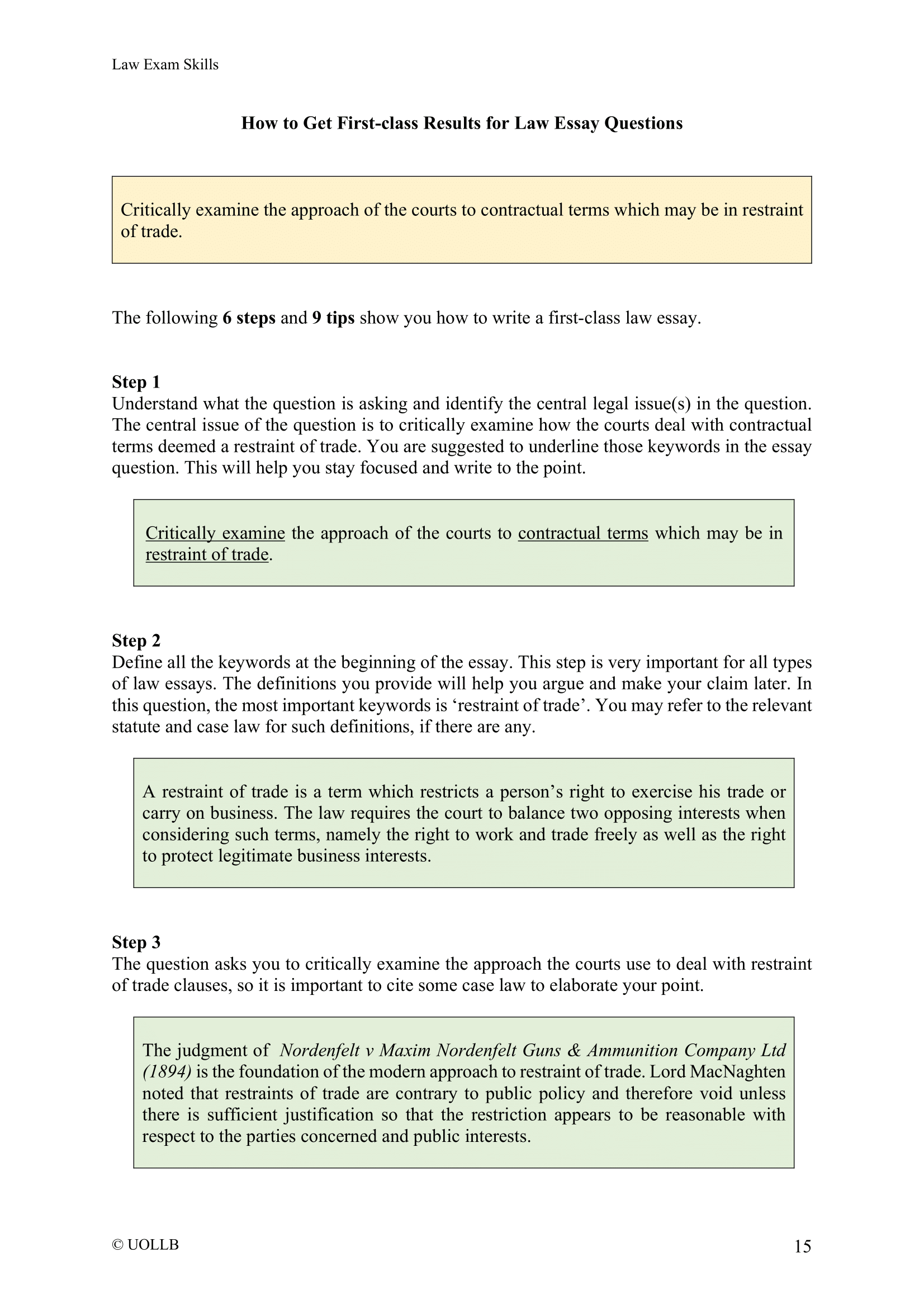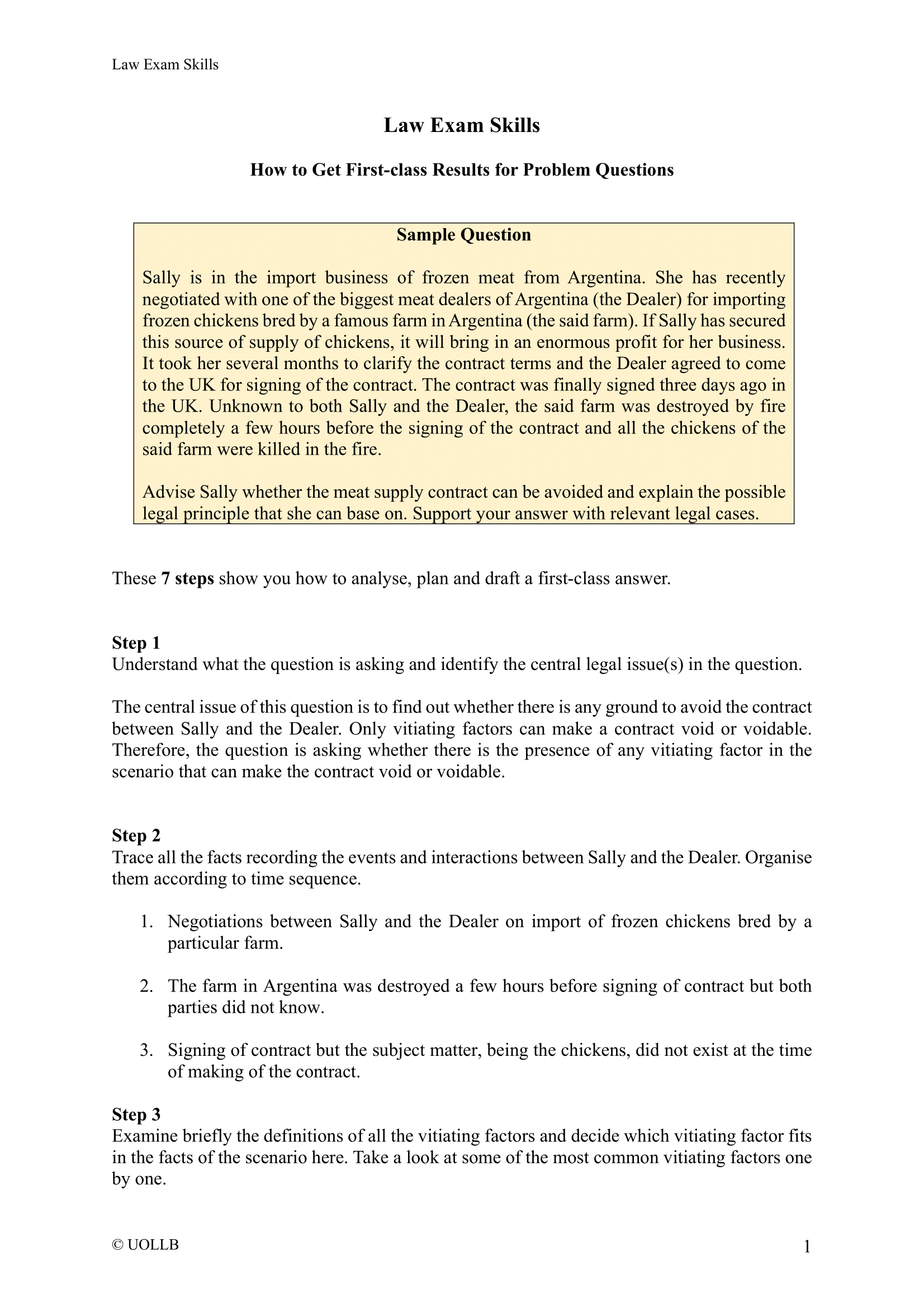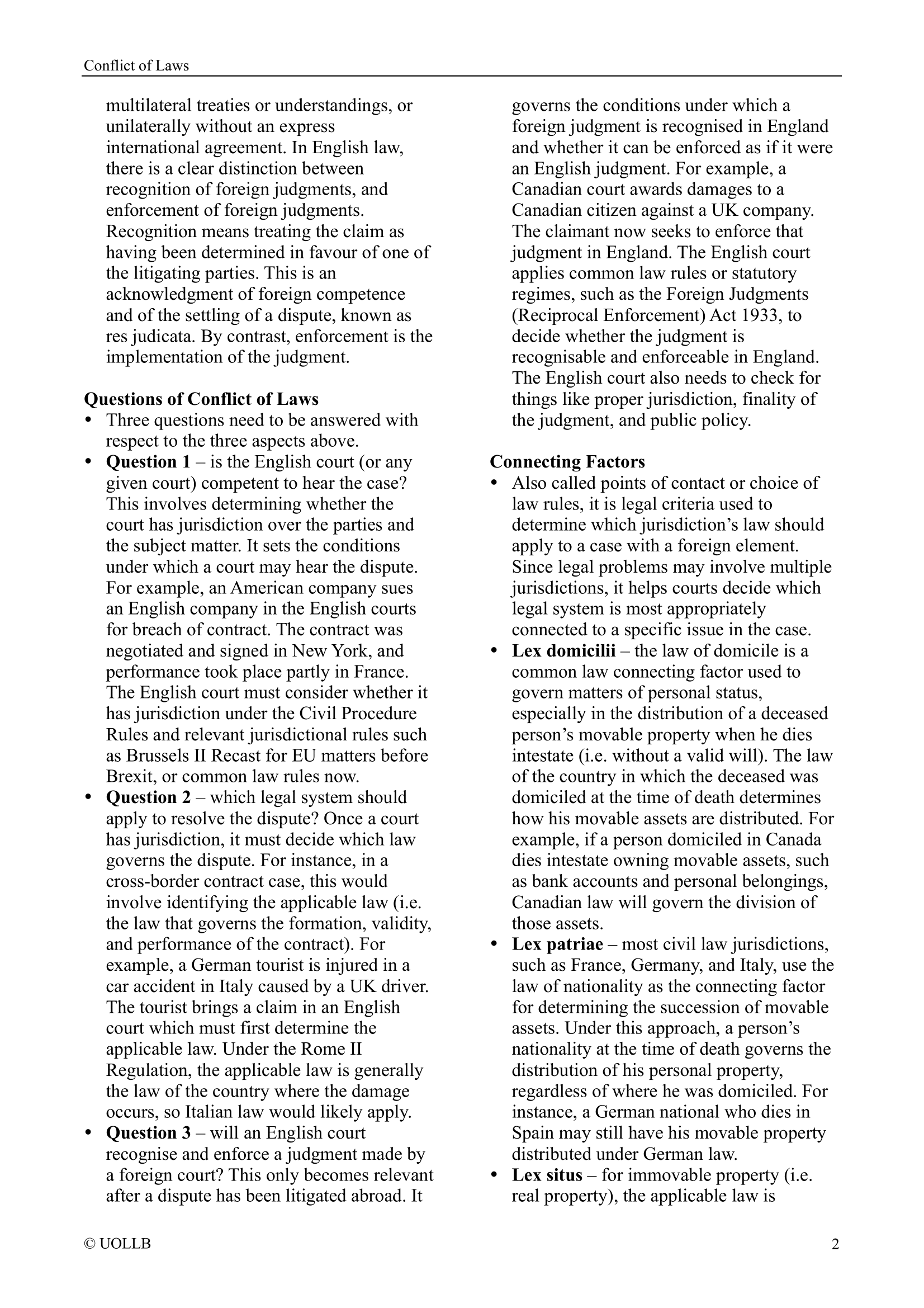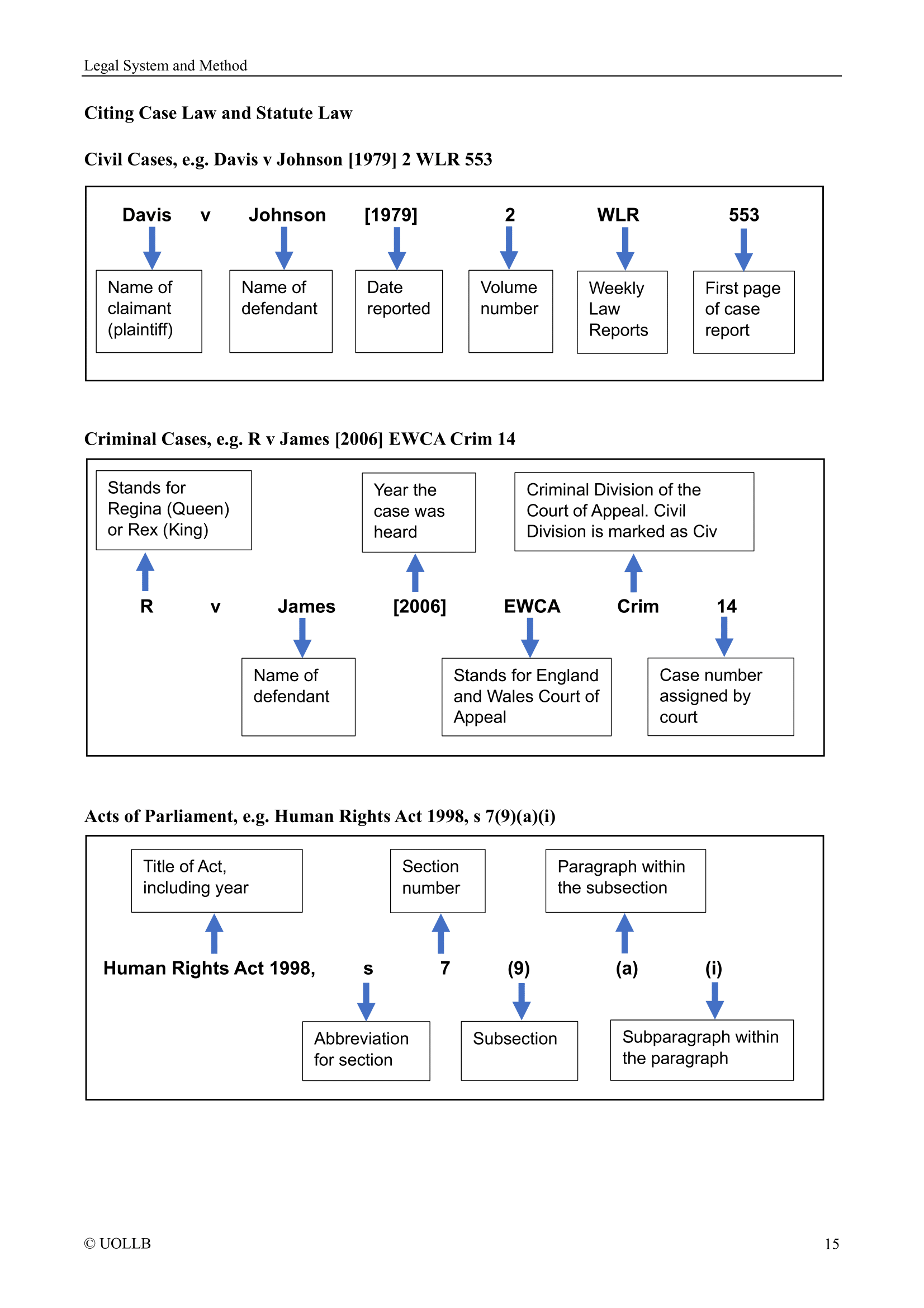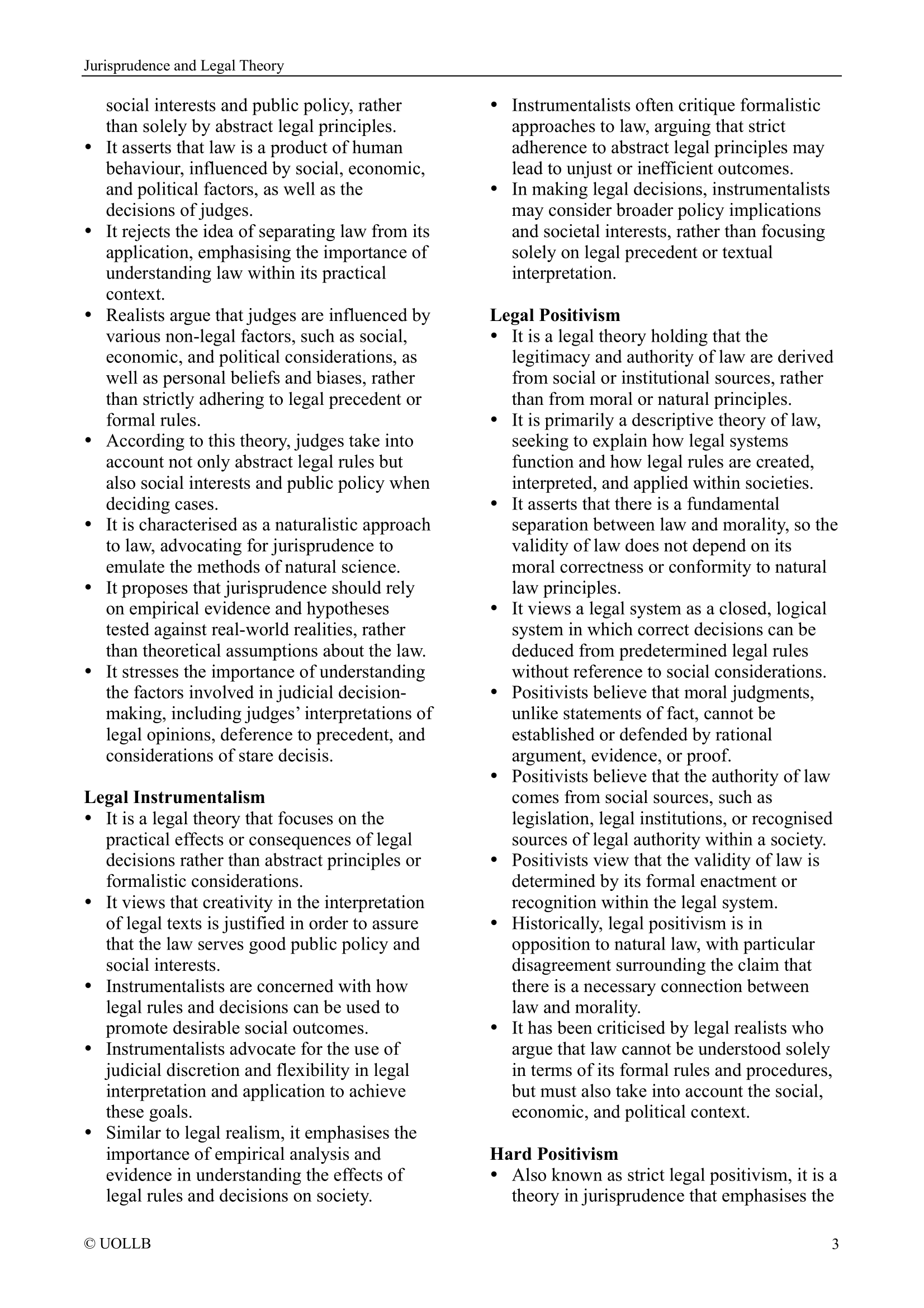Patent Law Treaty
Share
The Patent Law Treaty (PLT) is an international treaty aimed at harmonising and simplifying formal procedures in national and regional patent applications and patent grants. It was adopted in 2000 and entered into force on April 28, 2005. The treaty is administered by the World Intellectual Property Organisation.
The main objective of the PLT is to streamline and standardise administrative procedures related to patents across different jurisdictions. By establishing common requirements and practices, it simplifies the filing and processing of patent applications, making it more efficient for applicants and reducing administrative burdens for patent offices.
Formal requirements: The PLT establishes a set of common minimum requirements for the formalities of patent applications and grants. This includes requirements related to the application form, language, content, and format of documents.
Filing date: The treaty provides a standard set of criteria for determining the filing date of a patent application. This ensures that applications receive a consistent and recognised filing date regardless of the jurisdiction in which they are filed.
Representation and address: The PLT simplifies the requirements for the appointment of a representative or agent and the indication of an applicant's address for service. It reduces the need for certain formalities, such as legalised or notarised documents, thus facilitating the process for applicants.
Corrections and additions: The treaty establishes procedures for making corrections and additions to patent applications after filing. It allows for the correction of certain errors or omissions without losing the original filing date.
Administrative flexibilities: The PLT provides flexibility to patent offices by allowing them to set their own time limits and fees for certain formalities. This recognises the diversity of practices among member countries while maintaining a common core framework.
By simplifying and harmonising patent formalities, the PLT aims to improve the efficiency and accessibility of the patent system, particularly for small and medium-sized enterprises and individual inventors. It encourages the filing and protection of inventions by reducing administrative complexities and costs associated with patent applications.
It is important to note that thePLT does not address substantive patent law, such as patentability criteria or the scope of patent protection. It focuses solely on procedural and administrative aspects of the patent system to facilitate the international filing and processing of patent applications.
